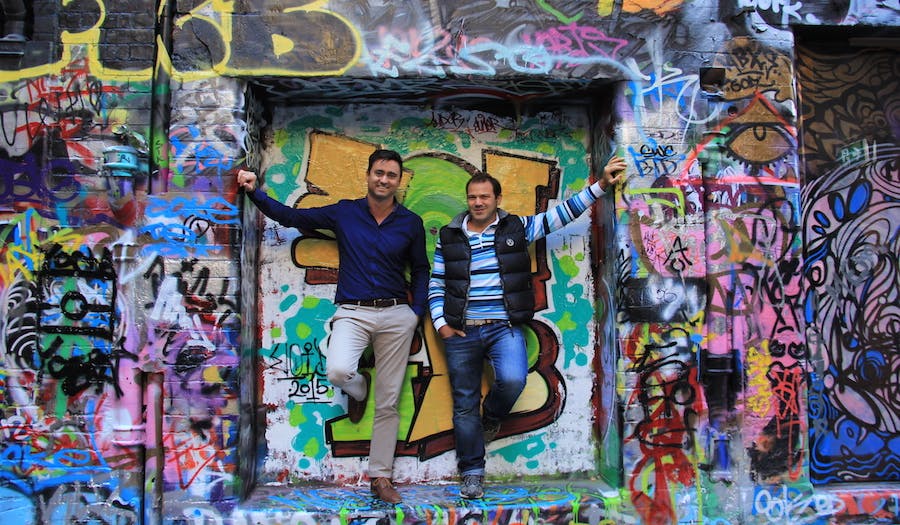Trying to secure a new job opportunity can be like playing a numbers game. Feeling defeated before they even start, many job seekers tirelessly pump out applications they know will become one of a few hundred clogging a recruiter’s inbox. But this causes a problem on both sides of the fence: for the recruiter and the job seeker. While job seekers find it almost impossible to stand out in the masses, recruiters are unable to determine who is serious about the role and who is merely ‘testing the water.’ That’s why co-Founders Michael Haywood and Antonluigi Gozzi brought LiveHire to the market.
Not just an ordinary recruitment platform, tech savvy LiveHire has one major point of difference over competitiors: its ability to predict when people are interested in a new job and when companies are about to need new people.
Michael said “we are entering an era of what’s called ‘anticipatory design,’ which is that computers will know when you want things.
“So they don’t try to predict what you want, more importantly, computers and technology will serve things up to you at the precise moment that you know you want it.”
No longer a numbers game, LiveHire’s intuitive platform builds employee profiles far beyond their skills and experiences. It determines when job seekers are serious.
LiveHire positions prospective employees in its search rankings based upon an understanding of a person’s average tenure in their previous roles and by tracking their speed of response to employer communications.
Michael said “so we’re not saying ‘hey, we think you’re looking for a job, here’s a job,’ we’re more just exposing them in a more visible situation because we’re anticipating that they want a job.
“If they don’t, and they get interview requests, they’re not going to respond very quickly and they’re naturally going to drift down the search rankings again. So it’s a very self-regulating algorithm that we run.”
And for employers, the platform uses macro and micro metrics to form an understanding of a company’s seasonal hiring pattern, depending on the industry.
“In the construction industry we understand that our clients typically go through an engineering phase first, and then when feasibility is completed they’ll be in construction mode and then when that’s completed they’ll be in operation mode,” said Michael.
“We can serve up the right talent at the right point in time to the HR team.”
After only three years’ operation, LiveHire is now used by over 2500 employers and has 1.3 million employees registered.
With an abundance of recruitment platforms already on the market, each trying to be the most innovative resource – why has LiveHire enjoyed such popularity? If Michael is correct, it’s because “predicting when people want something is more important than trying to predict what they want.”

